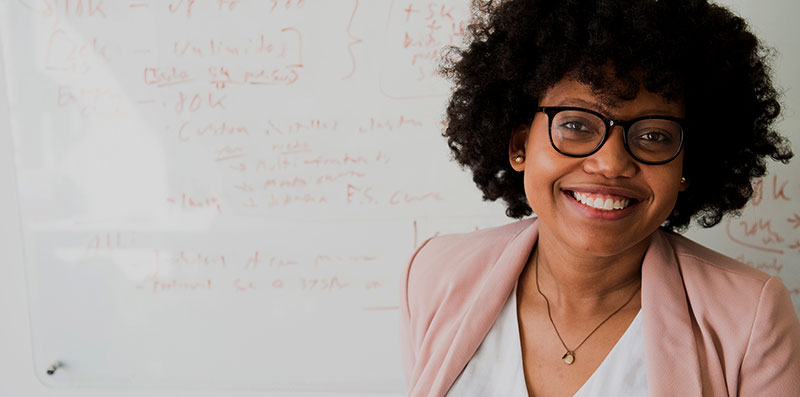Sometimes the rules of English seem simple, but then things get a little bit complicated. Let’s look at plural nouns. If there is more than one person, place, or thing, you just add the letter “s” to the end of that word—right?
Well, that’s usually right. The table below shows some examples. (Note: Sometimes you also have to make other changes to a sentence when you are switching from the singular to the plural.)
| Singular | Plural |
| I have a pet snake. | I have four pet snakes. |
| Can I have a hamburger? | Can I have two hamburgers? |
| The teacher is giving an exam this week. | The teachers are giving exams this week. |
| That store looks expensive. | Those stores look expensive. |
| Carlos is fixing the broken pipe. | Carlos is fixing the broken pipes. |
| Is your daughter at school now? | Are your daughters at school now? |
| Does your friend want to join us for dinner? | Do your friends want to join us for dinner? |
What if a noun already has an “s” at the end?
This is where the confusion usually starts. Whether someone is a native or non-native English speaker, they almost always sense that you can’t just add an “s” to the end of words such as “canvas”, “gas”, or “iris”.
This is even more true if a noun already ends with “ss”. For example, if you have more than one dress, you wouldn’t write “dresss”. Not only does that look odd, if you were to read it aloud, you would sound like a hissing snake.
For many nouns that end in “s”, you just need to add an “e” and then another “s” at the end. Now the noun has been pluralized.
The artist has several blank canvases in his studio.
The scientists are conducting an experiment with three different gases.
Aunt Mary has some lovely irises growing in her garden.
Before Google Maps existed, we used atlases.
Have you seen Barbie’s new dresses?
I need to wash these glasses.
The two lead actresses in the play are truly exceptional.
When the bosses are away playing golf, the employees goof around and don’t get much work done.
If you hear these sentences read aloud, you will notice that the “e” has a distinct sound that adds a syllable to the end of the word.
It also works for these letters…
You also add an “e” followed by an “s” to pluralize nouns that end in “x”, “sh”, and “ch”. (An exception would be if the “ch” at the end of the noun makes a “k” sound, as is the case with “monarch” and “oligarch”. To pluralize words like these, you just add an “s” rather than “es”).
Did John pay his taxes for 2022?
The fairy granted the prince three wishes.
Have you finished making all the lunches for the school picnic?
Nouns that end in “z” also follow this pattern, but in some cases you have to double the “z” and then add “es” at the end.
Professor Li gives too many quizzes.
The kids on the robotics team are whizzes at science.
Exceptions…
Unfortunately for those who find English grammar confusing, there are exceptions to the rules described above. One of the most notable is that when you pluralize nouns that end in “is”, you change the “i” to an “e”. The original “s” stays in place.
To make things clearer, here is a table with both the singular and plural versions of some of these nouns:
| Singular | Plural |
| analysis | analyses |
| diagnosis | diagnoses |
| crisis | crises |
| ellipsis | ellipses |
If you still aren’t sure about how to pluralize a noun, click the blue box below. One of our TextRanch editors will take a look at your writing and give you some feedback. If you want a more in-depth explanation of how the rules of English grammar work, you are welcome to try our new Ask an Editor feature.











2 Replies to Plurals: When a Noun Ends in S
thank you for the blog. I find it really helpful
Thank you for this information. It helped me a lot !
Ask an Editor: A New TextRanch Feature!
Proofreading vs. Editing: What’s the Difference?
Human Editors: Why Do You Need One?
How can I improve my understanding of native-English speakers? Part 1